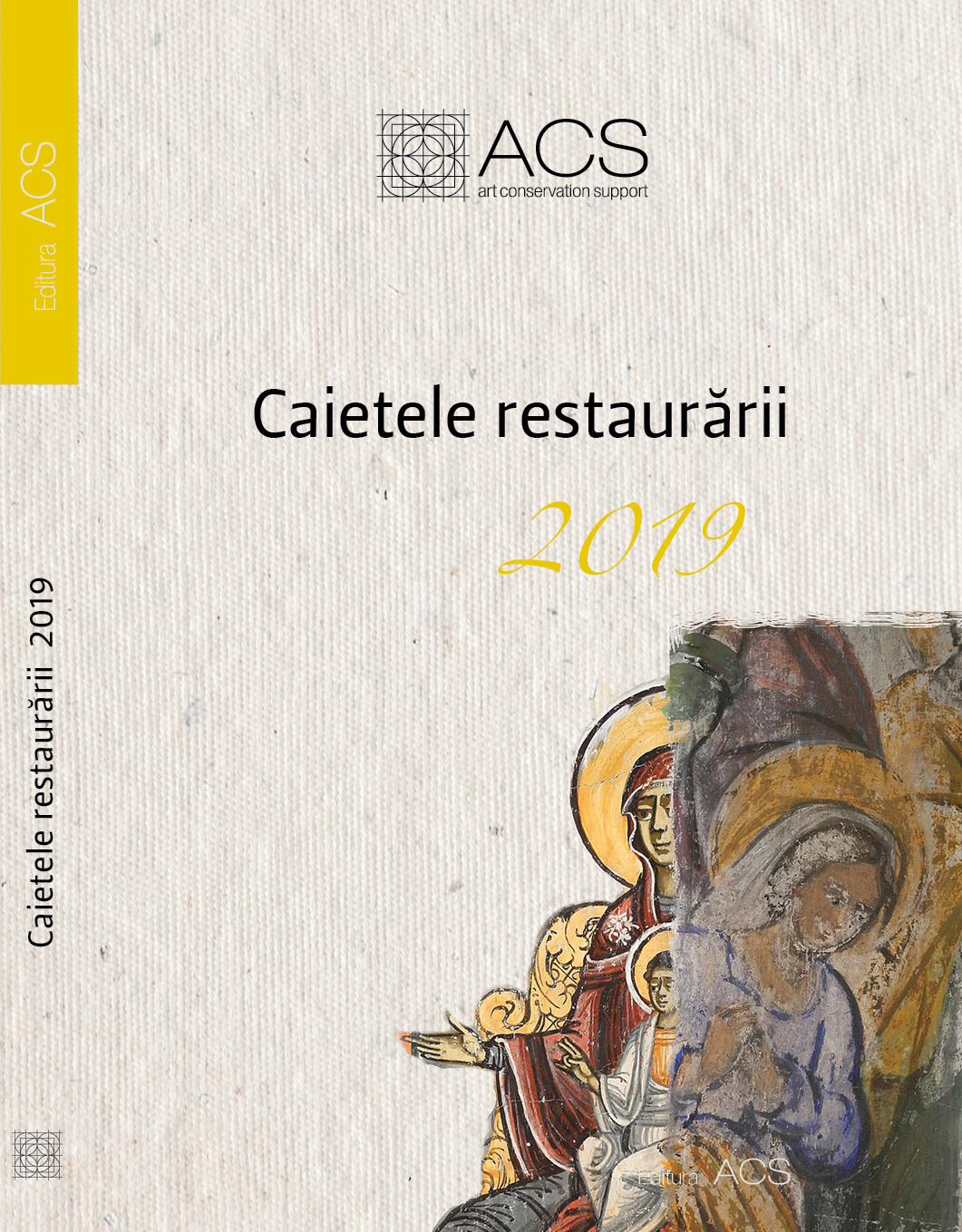Eficiența în timp a consolidanților aplicați pe suprafețe litice
Long-term efficiency of the consolidants designed for lithic surfaces
Author(s): Ionel Gemănar, Ioana GomoiuSubject(s): Fine Arts / Performing Arts, Visual Arts
Published by: Editura ACS
Keywords: biodeterioration; biodeteriogens; lichens; algae; Estel 1000; Bioestel New; colonization monitoring;
Summary/Abstract: Long-term conservation of lithic support is the consequence of scientific restoration, monitoring and control of the action of physical and chemical deterioration factors. Microorganisms affect lithic support by biochemical (biosynthesis of organic acids, enzymes, polysaccharides, pigments) and mechanical mechanisms (surface layer removal). Both mechanisms determine aesthetic changes, sometimes inducing loss of matter. Microbiodeteriogens (bacteria, algae, lichens, fungi) colonize lithic support in stages, depending on the type of metabolism and nutrients available. Modern restoration strategies are based on the knowledge and understanding of the structure of lithic support and the communities of microorganisms that act as biodeteriogens. This paper analyzes the state of conservation of the facade and columns in the porch of the Kretzulescu church in Bucharest. Also, the long-term efficiency of the two consolidation materials (Estel 1000 and Bioestel New) was studied in order to apply them in the pre-consolidation treatment of the pillar bases from the porch. According to the results of the laboratory research, we recommend the use of the Bioestel New for the restoration work on the porch of the church because it is a good consolidation material and offers long-term protection against biodeteriogens, being shown for 7 years.
Journal: Caietele restaurării
- Issue Year: 1/2019
- Issue No: 8
- Page Range: 82-95
- Page Count: 14
- Language: Romanian
- Content File-PDF

